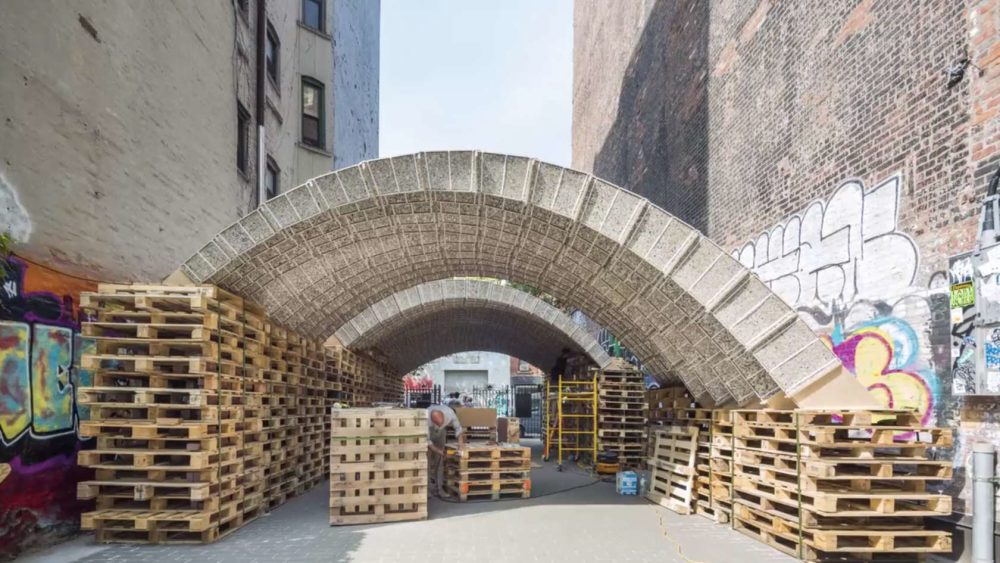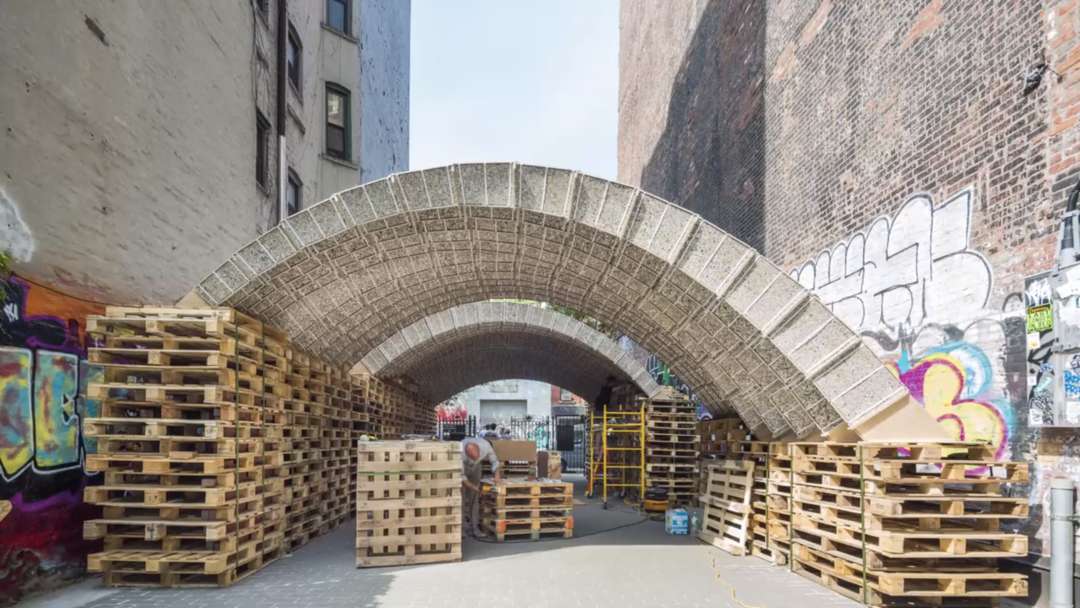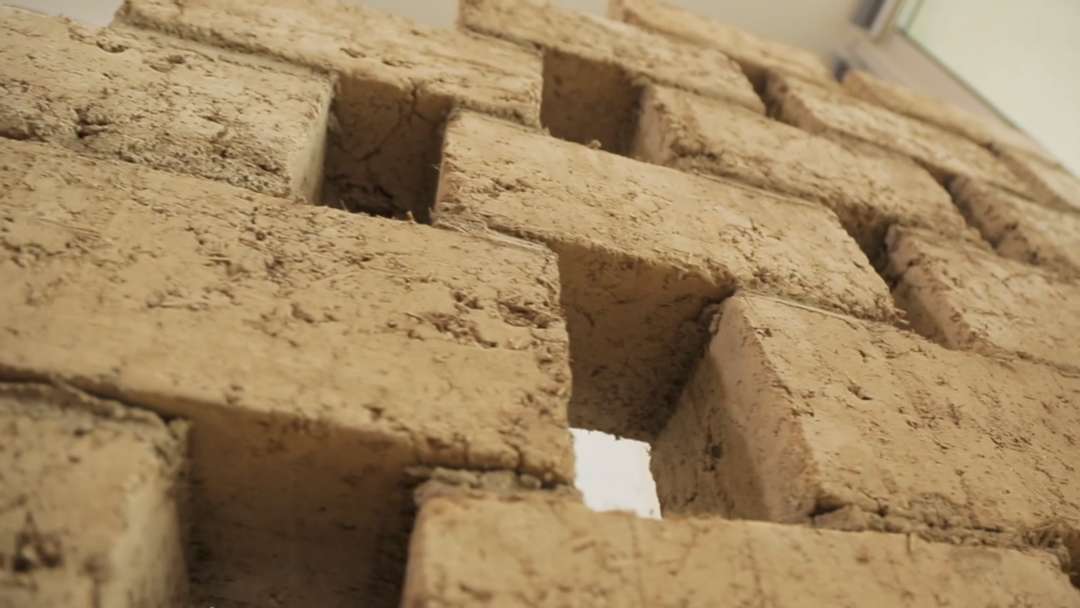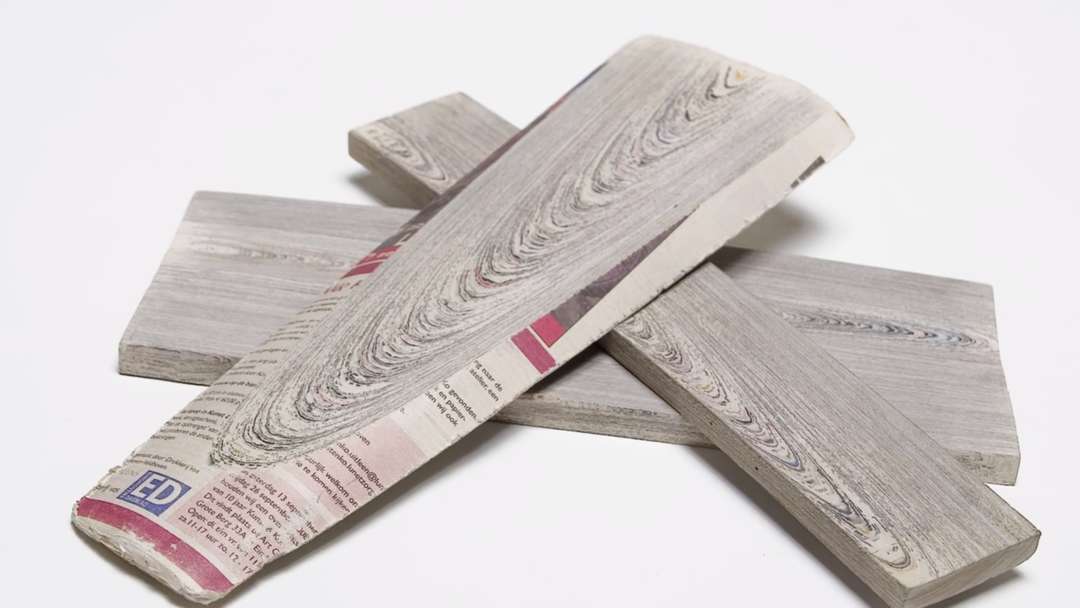
“We define our profession as architects as a combination between design and research,” says Dirk Hebel of ETH Zürich, a university specializing in engineering, science, technology and mathematics in the heart of Switzerland. The architect was interviewed by architectural movie makers PLANE–SITE as part of the “Time Space Existence” collateral exhibition at La Biennale di Venezia 2016, opening up a fascinating debate over the presumed permanence of architecture and challenging all our preconceptions about the life-cycle of buildings.
“Right now in the studio, we are testing the idea of designing for disassembly. The architect should not, anymore, only be thinking about the construction. We are thinking in the design process about how to deconstruct the building and take the materials back to a system — or to a circular economy — where they can be reused or recycled, and kept running in a circular mentality.”
Hebel also gives insight in the university’s explorations of “cultivated materials,” building elements that are not mined but rather grown. “The benefit of that would be that the question of materials is no longer bound to a source that is located in one or several spots on the earth, but that you can grow your own material at any spot, at any time.”
“We are interested in materials that are produced with bacteria, for example, materials that are created or grown out of mushroom mycelium,” continues Hebel. “We are very much interested in having plants as part of our portfolio of architects, and making these materials that can be created out of them usable and applicable in architectural practice.”
Hebel hopes the university’s Future Cities Laboratory can harness these prototypical materials to benefit global cities experiencing rapid urbanization. As part of this, the Lab is undertaking what it calls “vernacular research,” looking at architecture and construction techniques that are peculiar to specific localities and learning from the successes of these practices, especially in developing nations.
“It is not the image of vernacular architecture we are interested in,” Hebel emphasizes. “We are interested in the functions that these vernacular architectures hold. We are looking at the material level of architecture, the capacity to shelter from sun, to shelter from rain, to create community, to build communities and not necessarily objects.”




